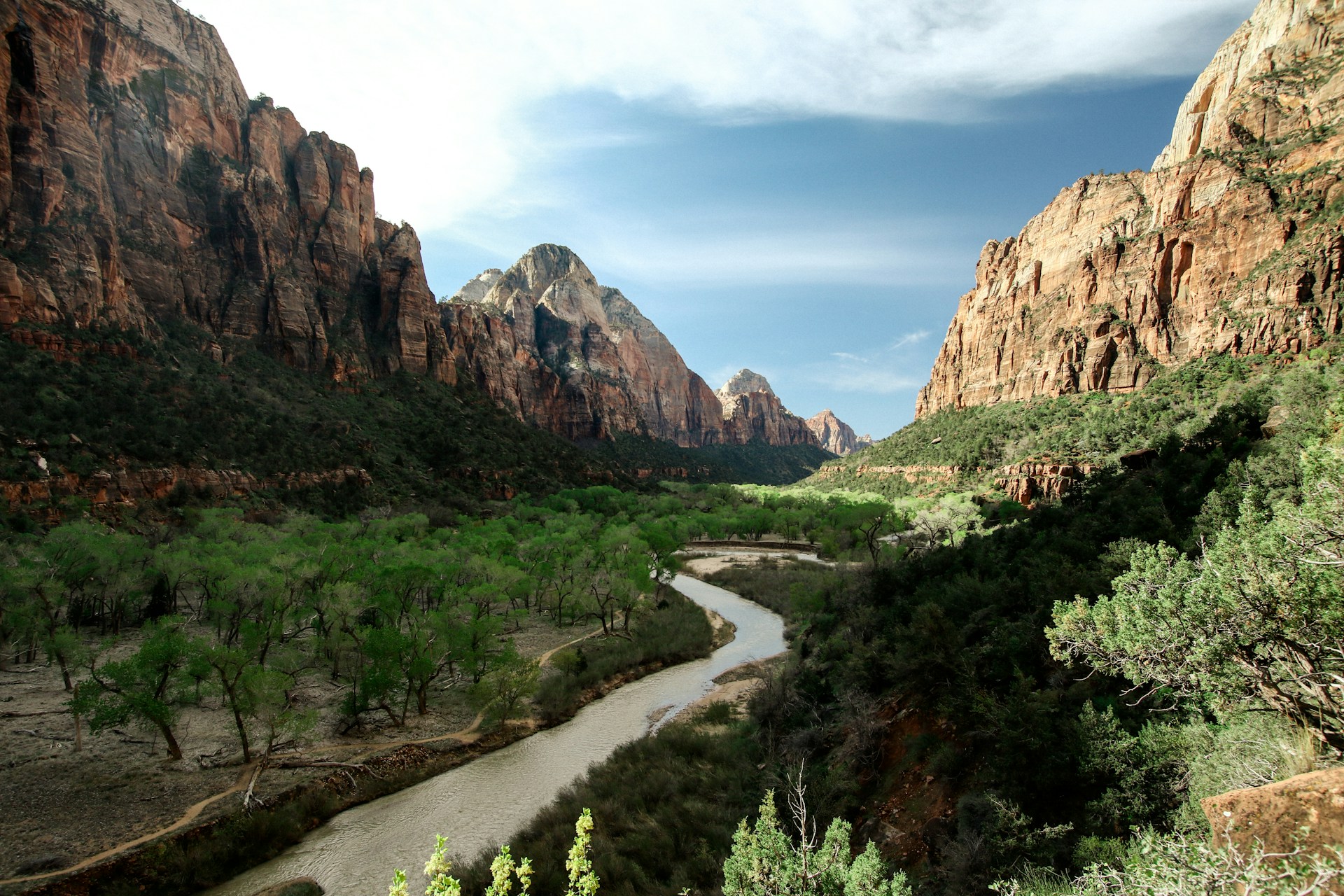National parks represent some of our most pristine and protected natural landscapes, serving as crucial havens for wildlife across diverse ecosystems. However, these sanctuaries are not immune to the sweeping impacts of climate change. Rising temperatures, shifting precipitation patterns, and increasingly extreme weather events fundamentally alter habitats and disrupt ecological balances within park boundaries. These changes are forcing wildlife to adapt, migrate, or face potential extinction.
As our planet continues to warm, national parks—once considered nature’s strongholds—are becoming front lines in the climate crisis, offering both warnings about ecosystem vulnerability and opportunities to observe resilience and adaptation in real-time.
The Accelerated Pace of Climate Change in National Parks
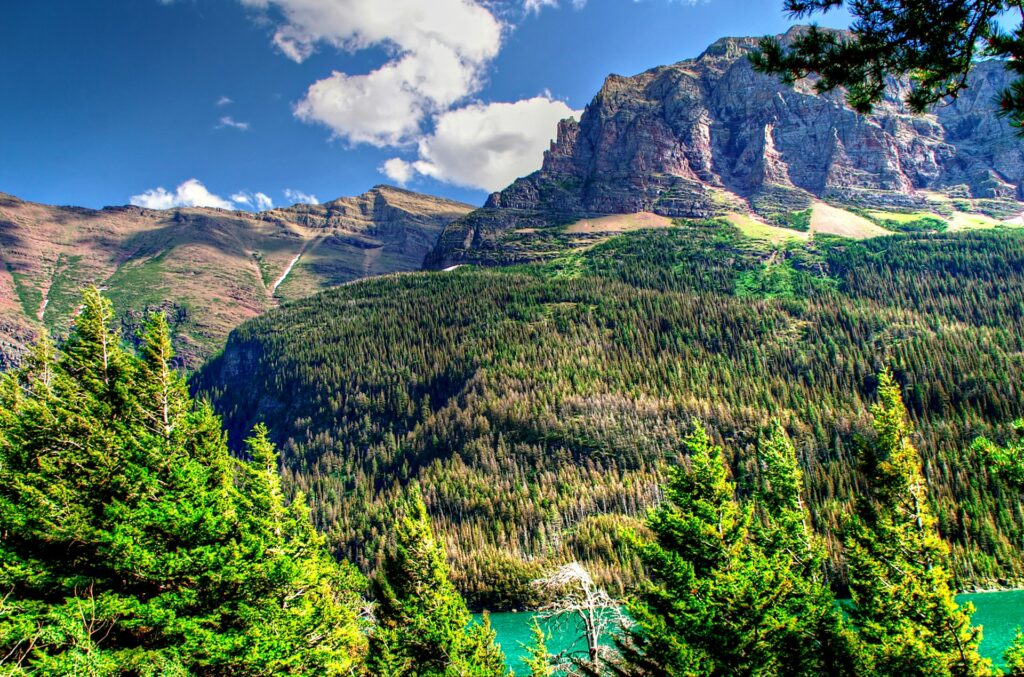
Research has revealed that national parks are warming at approximately twice the rate of the rest of the country, creating a particularly urgent situation for their wildlife populations. This accelerated warming stems partly from the geographical locations of many parks, with significant numbers situated in high-elevation or Arctic regions where climate change effects are amplified. For example, temperatures in Glacier National Park have risen nearly 3°F since 1950, significantly outpacing global averages.
The speed of these changes is especially problematic because it outstrips many species’ natural ability to adapt through evolutionary processes. This rapid transformation presents an existential challenge to wildlife that have evolved specifically to thrive in the precise ecological conditions these parks have historically provided.
Shifting Ranges and Migration Patterns
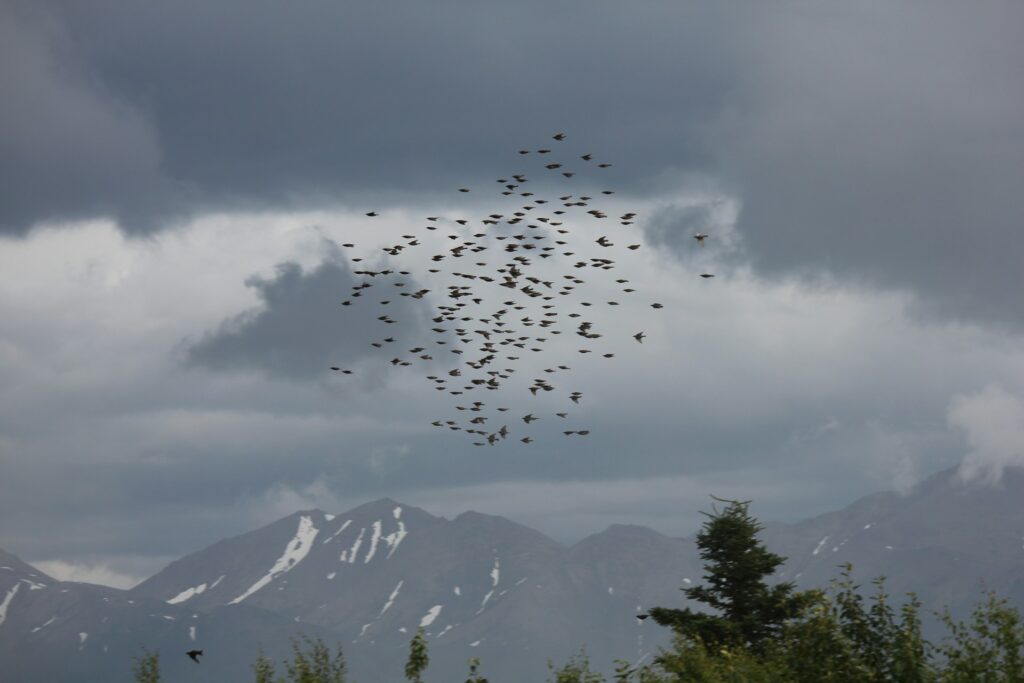
One of the most documented responses to climate change is the geographical redistribution of wildlife as they seek environments matching their biological requirements. In Yosemite National Park, researchers have tracked small mammals moving their ranges upslope by approximately 1,600 feet over the past century as they follow cooler temperatures.
Bird species in Great Smoky Mountains National Park are similarly relocating to higher elevations, with some species disappearing from lower elevations they once inhabited. These shifts create cascading complications when animals encounter geographical barriers like mountain peaks or park boundaries that prevent further migration.
Additionally, not all species can move at the same rate, disrupting ecological relationships that developed over millennia and creating novel community compositions with unpredictable interactions and outcomes.
Disruption of Seasonal Timing
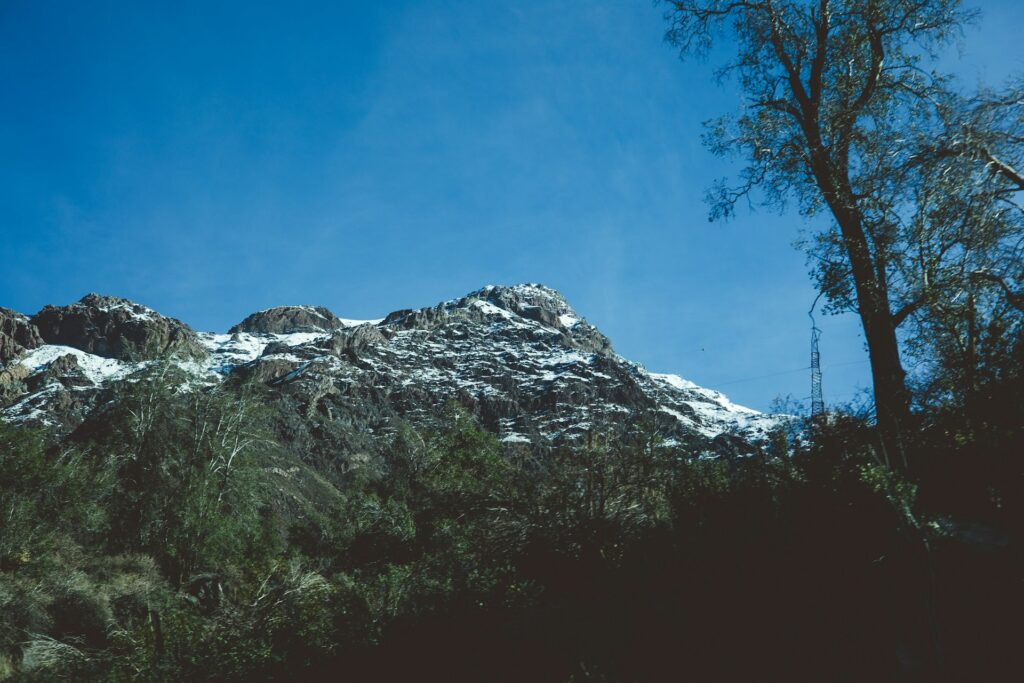
Climate change is significantly altering phenology—the timing of seasonal biological events—creating dangerous mismatches between interdependent species. In Rocky Mountain National Park, earlier spring snowmelt has caused wildflowers to bloom up to 30 days earlier than historical averages, potentially desynchronizing with the arrival of pollinator species. Similar timing disruptions affect migratory birds arriving in parks to find their insect food sources have already peaked or plants they depend on haven’t yet produced seeds.
In Yellowstone, earlier spring green-up affects ungulate foraging patterns, which in turn impacts predator-prey dynamics involving wolves and other carnivores. These temporal misalignments can lead to reduced reproductive success, nutritional stress, and population declines even when habitat remains otherwise suitable.
Vanishing Glaciers and Snow-Dependent Species
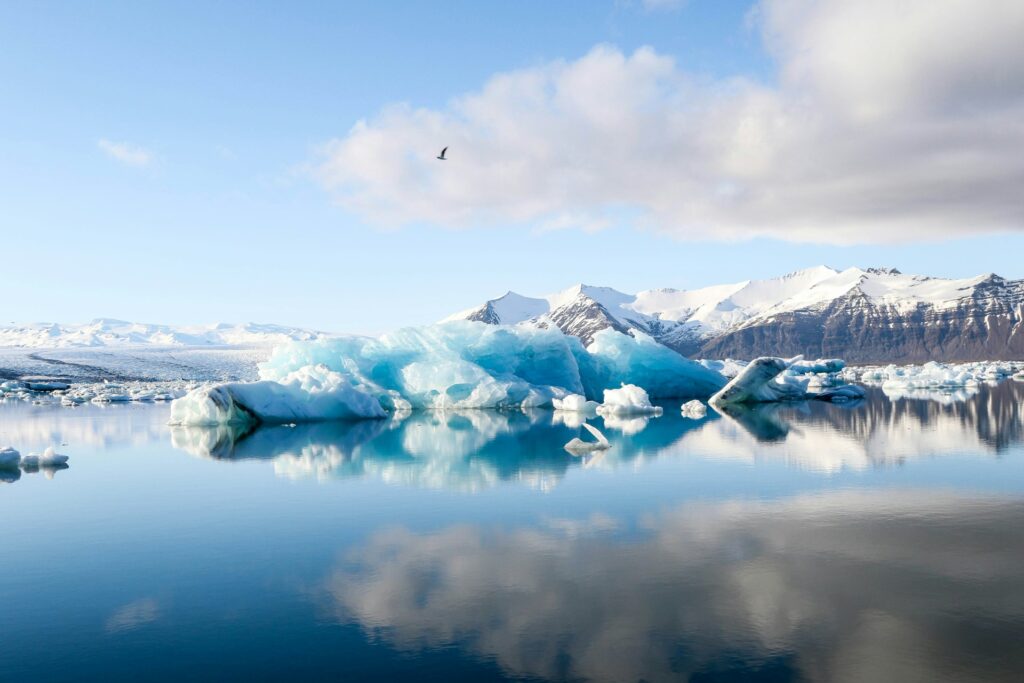
Perhaps nowhere is climate change more visibly dramatic than in parks featuring glacial ecosystems, where rapid ice loss threatens highly specialized wildlife. Glacier National Park has lost more than 80% of its namesake glaciers since 1850, with only 26 of the original 150 glaciers remaining, and scientists project they may completely disappear by 2030.
The wolverine, which depends on persistent spring snow cover for denning and food storage, faces an increasingly precarious future in parks like North Cascades and Grand Teton as snowpack diminishes.
Alpine and subalpine species such as the American pika and ptarmigan are losing critical habitat as warming pushes the snow line higher. For these snow-adapted species, there is quite literally nowhere left to go once they reach mountain summits, creating what ecologists describe as an “escalator to extinction.”
Increasing Wildfire Intensity and Frequency
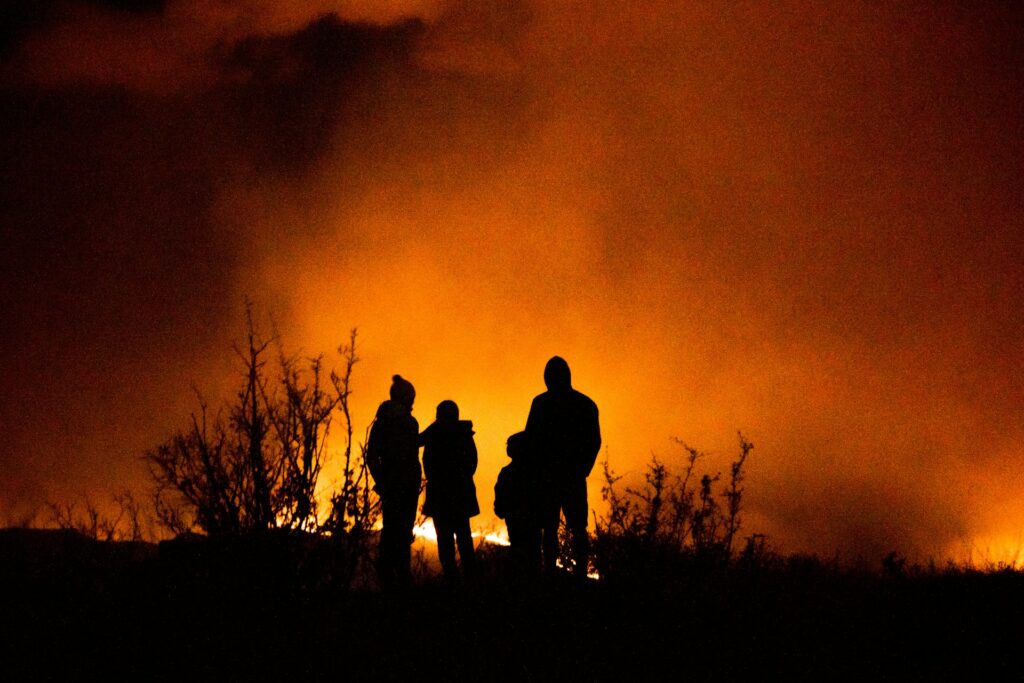
Climate change has created hotter, drier conditions that have dramatically altered fire regimes in numerous national parks. In Sequoia and Kings Canyon National Parks, more frequent and intense wildfires threaten even fire-adapted species like the giant sequoia, which evolved with periodic, low-intensity ground fires but can be killed by crown fires that have become more common.
Yellowstone National Park experienced unprecedented fires in 1988 that burned nearly 800,000 acres, and similar extreme fire events have since become more common throughout western parks.
While many ecosystems depend on periodic fire for renewal, the changing frequency, intensity, and seasonality of these events can overwhelm wildlife’s adaptive capacities. Post-fire recovery periods are also becoming compromised as drought conditions persist and fire return intervals shorten, preventing sufficient ecosystem recovery between burn events.
Drought Effects on Water-Dependent Wildlife
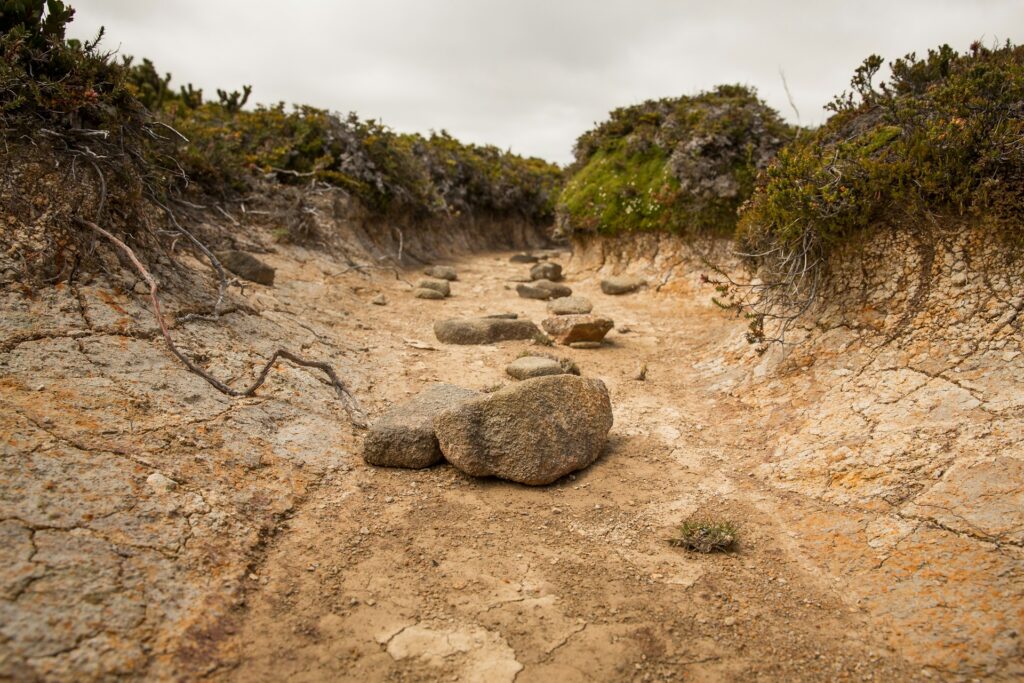
Extended drought conditions linked to climate change are severely impacting water resources in many parks, with dire consequences for aquatic and amphibious species. In Everglades National Park, saltwater intrusion resulting from sea level rise and altered freshwater flows threatens unique freshwater habitats and species like the American crocodile and numerous wading birds.
Drought in parks throughout the Southwest has caused springs and seeps to dry up, eliminating critical wildlife water sources and destroying micro-habitats for specialized species. Native trout populations in parks like Great Basin and Rocky Mountain face multiple threat vectors as drought reduces stream flows while simultaneously increasing water temperatures beyond their physiological tolerance limits.
These water stressors concentrate wildlife around remaining water sources, potentially increasing disease transmission and predation rates while reducing breeding success.
Coastal Park Impacts and Sea Level Rise
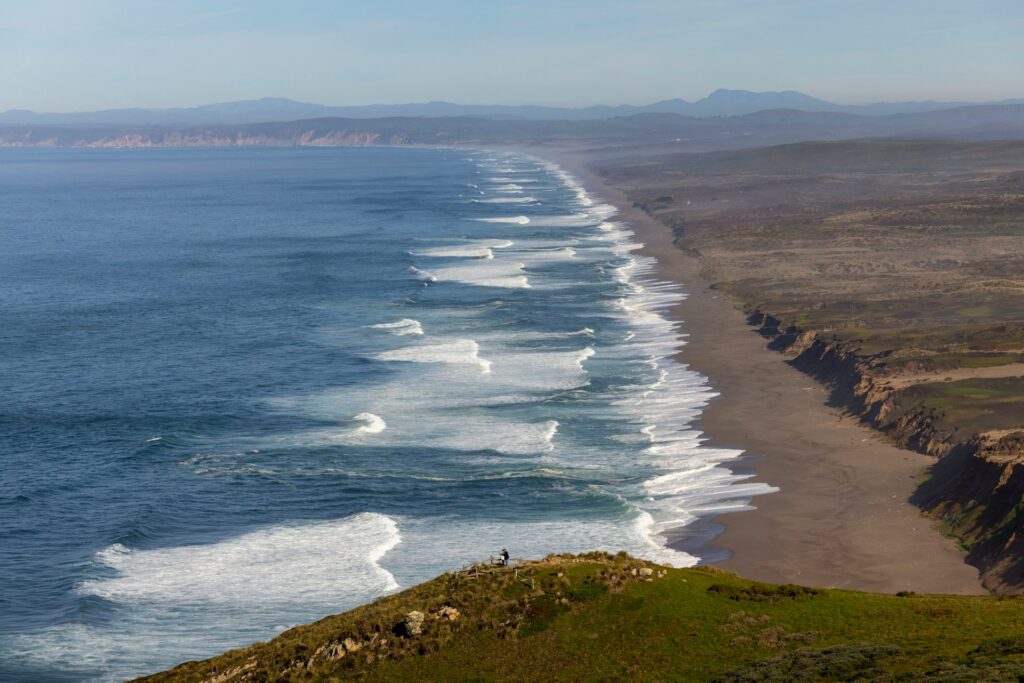
National parks along coastlines face particular challenges as rising seas encroach on critical wildlife habitats. In Everglades National Park, saltwater intrusion is converting freshwater marshes to salt marshes, fundamentally altering habitat for countless species that depend on specific salinity levels. Channel Islands National Park is experiencing coastal erosion and habitat loss affecting marine mammal haul-out sites and seabird nesting areas.
At Point Reyes National Seashore, rising seas threaten to inundate beaches critical for harbor seal pupping and endangered snowy plover nesting. The compressed timeframe of these changes leaves little opportunity for coastal wildlife to adapt naturally, particularly when human development often blocks potential inland migration routes for coastal ecosystems.
Expansion of Invasive Species
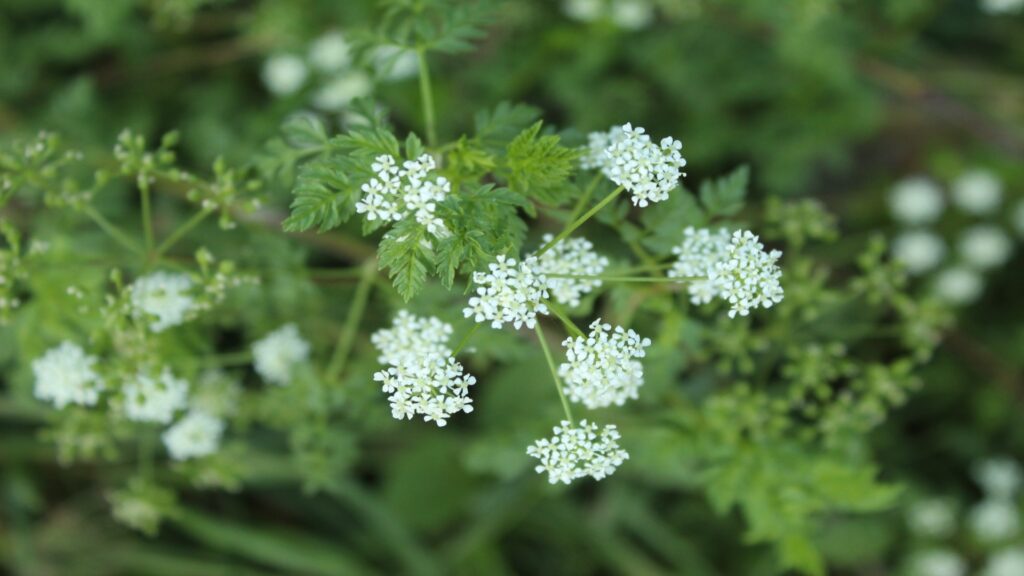
Changing climate conditions are giving invasive species new advantages in many national parks, allowing them to outcompete native wildlife. Warming waterways in parks like Voyageurs and Isle Royale are becoming more hospitable to invasive fish species that can displace native populations less tolerant of higher temperatures.
In Great Smoky Mountains National Park, milder winters have allowed the hemlock woolly adelgid to expand its range, killing ancient hemlock forests that provide essential habitat for numerous bird and mammal species. Parks in the Southwest are seeing non-native grasses spreading more aggressively during altered precipitation patterns, increasing fire frequency, and transforming habitat structure.
These invasions are particularly problematic because they can accelerate ecological changes beyond what would occur from climate factors alone, creating novel ecosystems with unpredictable stability and wildlife support capacity.
Disease and Parasite Proliferation
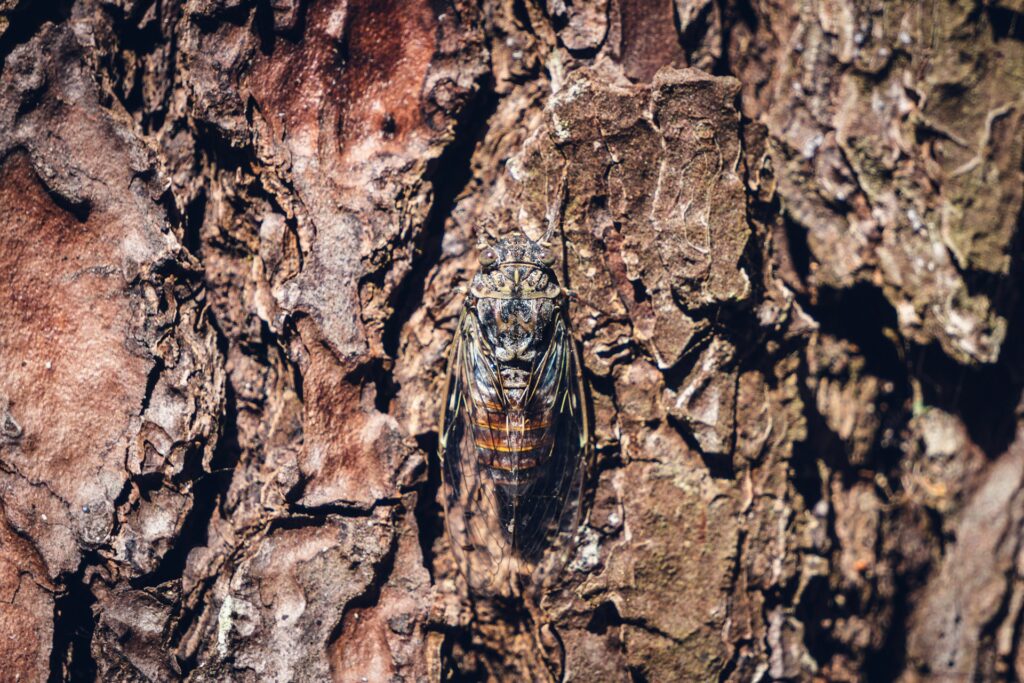
Warming conditions are altering the distribution and virulence of wildlife diseases and parasites in national parks, creating new health threats. In Yellowstone, warmer winters have allowed pine bark beetles to produce more generations per year and expand into higher elevations, killing vast swaths of whitebark pine that provide essential food for grizzly bears.
Warming temperatures in Grand Teton National Park have been linked to increasing prevalence of brucellosis in elk and bison populations. Amphibians in multiple parks face greater susceptibility to chytrid fungus infections as climate-stressed individuals show compromised immune responses.
The combination of these new disease dynamics with other climate stressors creates dangerous synergistic effects, potentially accelerating population declines beyond what any single factor might cause.
Arctic Park Transformations
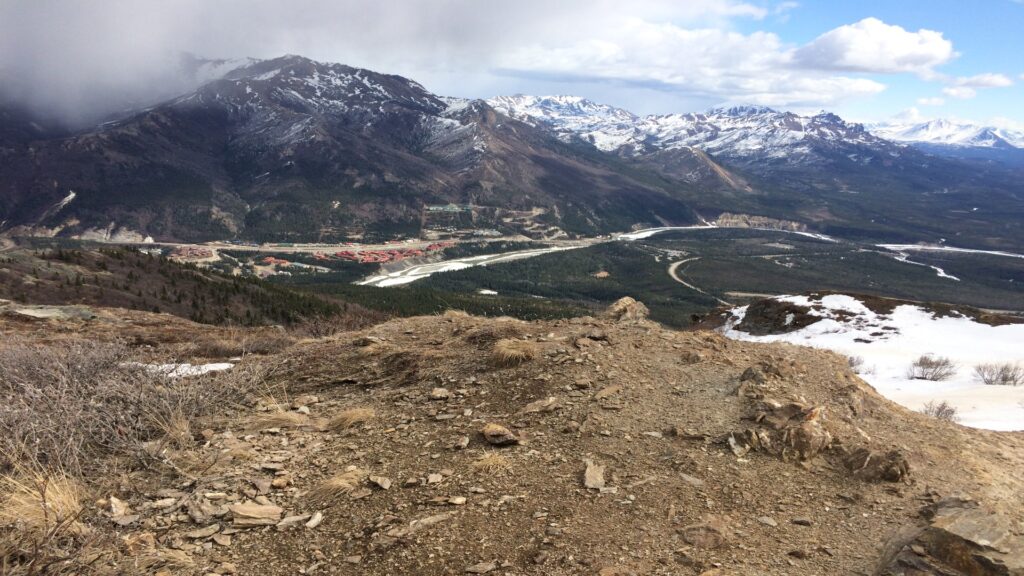
National parks in Arctic regions are experiencing the most dramatic climate impacts, fundamentally transforming these ecosystems. In Denali National Park, thawing permafrost alters soil conditions, drainage patterns, and vegetation composition, affecting everything from ground-nesting birds to caribou migration routes.
Gates of the Arctic National Park is experiencing “greening” as shrubs expand northward, replacing the tundra habitat needed by muskoxen and other Arctic specialists. Polar bears in Alaska’s coastal parks face increasingly lengthy ice-free periods that reduce their hunting opportunities and force longer fasting periods.
These Arctic transformations represent some of the most complete ecosystem reorganizations occurring in the national park system, with changes happening at rates unprecedented in the evolutionary history of the affected species.
Intensification of Weather Extremes
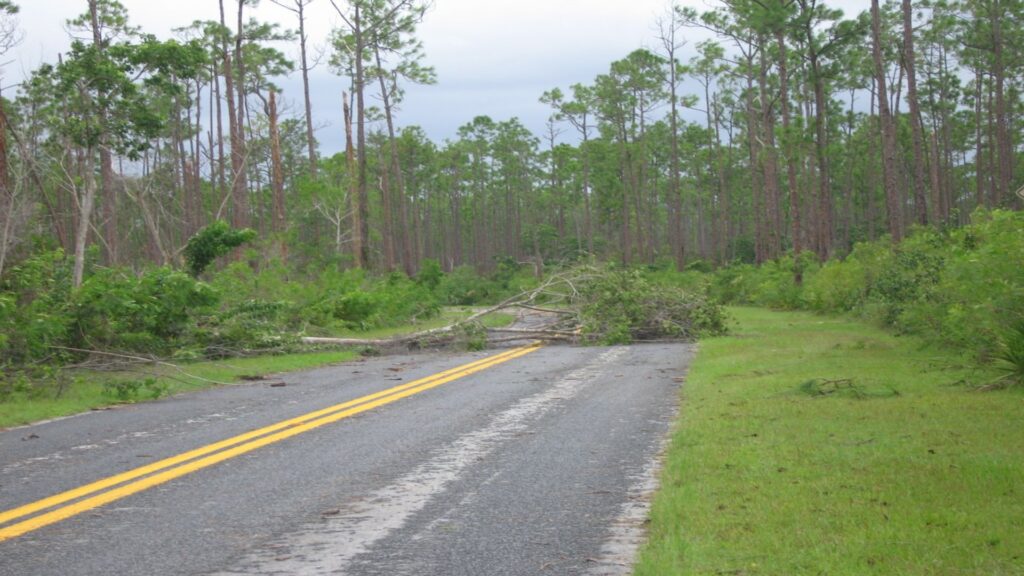
Climate change is amplifying weather extremes, subjecting wildlife to conditions beyond their historical experience. In Shenandoah National Park, more frequent and intense precipitation events cause flash flooding that washes away salamander eggs and disrupts aquatic insect life cycles.
Conversely, extended heat waves in Death Valley National Park push temperatures beyond the physiological limits of some desert species, with documented die-offs occurring during record-breaking heat events. Hurricane intensity affecting parks like Everglades and Biscayne is increasing, with stronger storms destroying mangrove forests and other habitats that typically buffer wildlife from such events.
The unpredictable nature of these weather extremes makes adaptation particularly challenging, as evolutionary adaptations typically develop in response to consistent selective pressures rather than chaotic fluctuations.
Conservation Responses and Adaptation Strategies
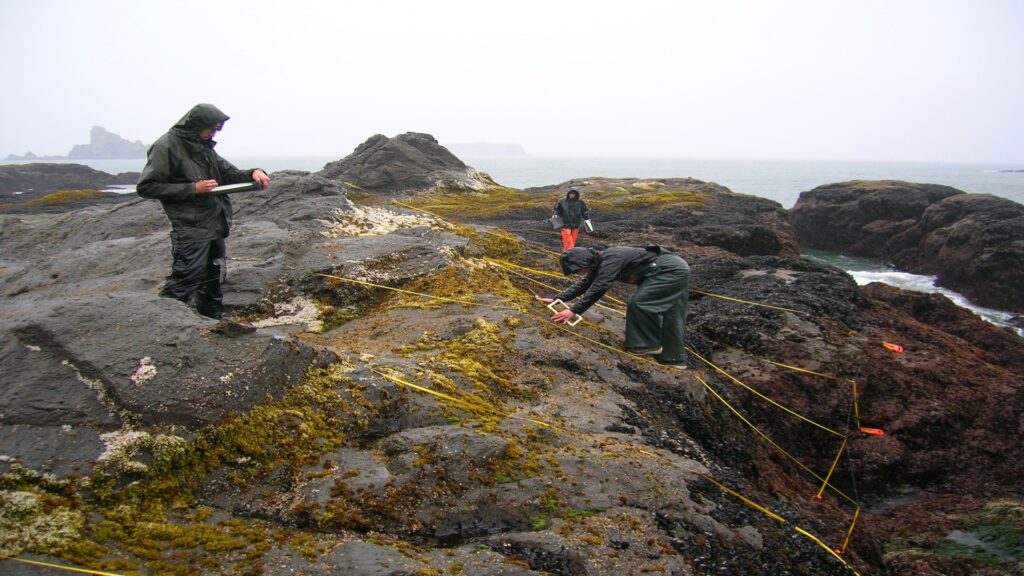
National Park Service scientists and managers are developing innovative approaches to help wildlife adapt to climate change impacts. “Climate-smart conservation” practices include identifying and protecting potential climate refugia—locations that may remain suitable for vulnerable species as conditions change elsewhere. Wildlife corridor projects are connecting parks to surrounding landscapes, facilitating species migration and range shifts.
Some parks are implementing assisted migration for particularly vulnerable species, helping them establish themselves in newly suitable habitats before their current ranges become uninhabitable. Restoration efforts increasingly incorporate climate projections, selecting plant species and habitat features likely to thrive under future conditions rather than simply recreating historical landscapes.
These adaptive management approaches acknowledge that while we cannot prevent all climate impacts, thoughtful intervention can help maintain biodiversity and ecosystem function even as conditions change.
National Parks as Climate Laboratories
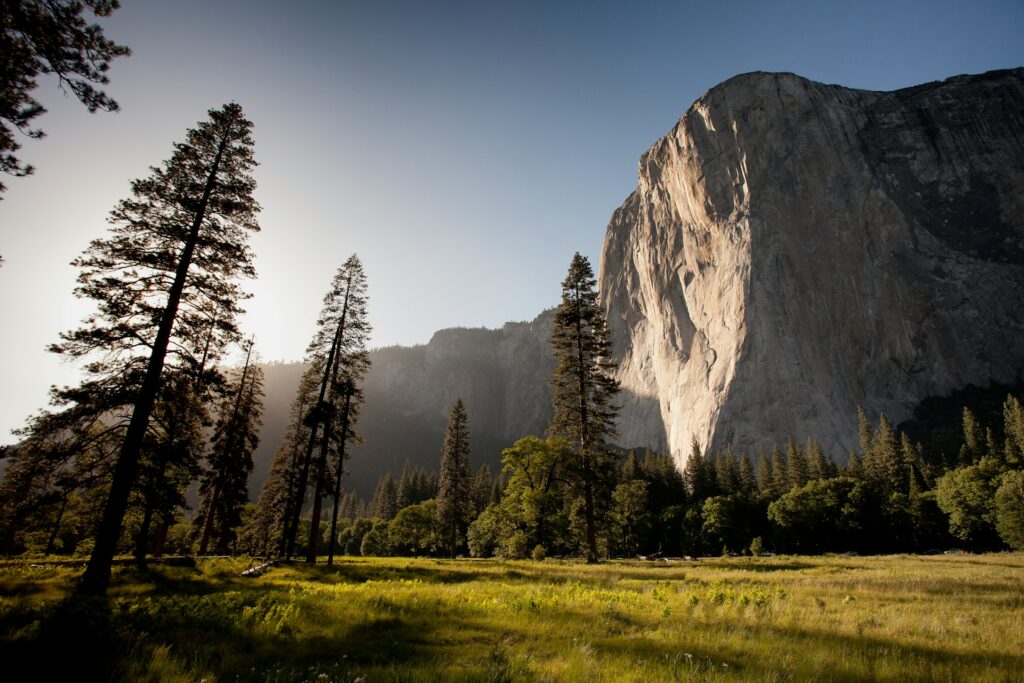
Despite the challenges, national parks provide invaluable opportunities for understanding climate impacts on wildlife and natural systems. The relatively protected nature of these landscapes allows scientists to study climate effects without the confounding variables of habitat destruction, pollution, and hunting that complicate research elsewhere. Long-term monitoring programs in many parks have created invaluable baseline data that makes detecting climate-driven changes possible.
Parks serve as living laboratories where researchers can observe adaptations and ecological transitions in real-time, generating knowledge that can inform conservation beyond park boundaries. This scientific understanding is perhaps one of the most important contributions our national parks can make in a changing climate—providing insights that help us anticipate and address similar challenges across all landscapes.
Conclusion
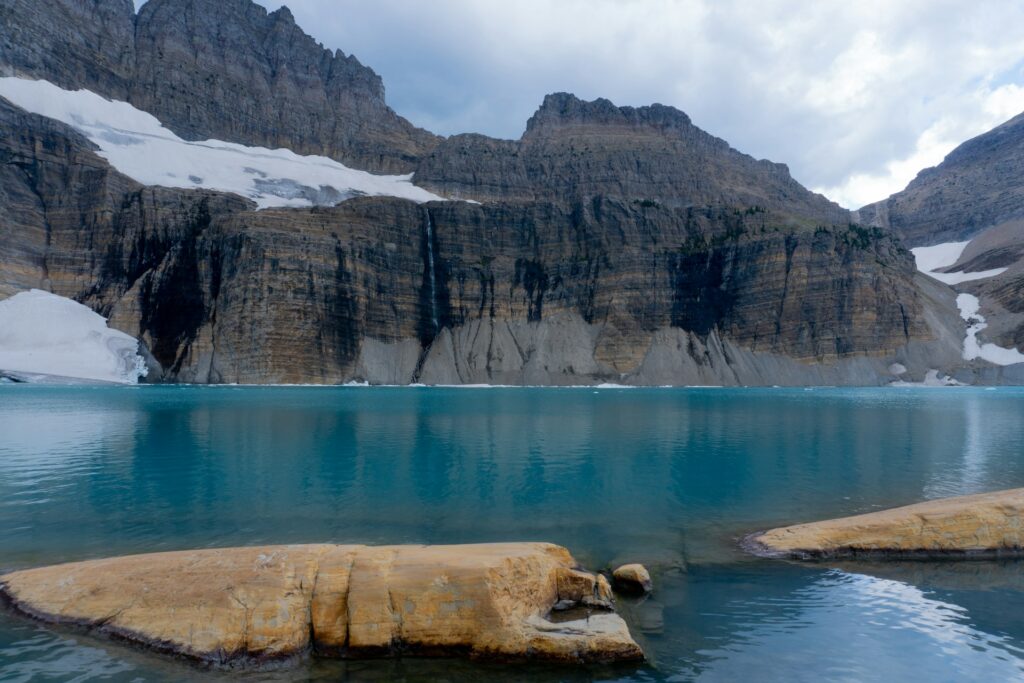
National parks stand as both witness and warning to the profound effects climate change exerts on wildlife and ecosystems. From the disappearing glaciers of Montana to the rising seas of the Everglades, these protected landscapes reveal how even our most carefully preserved natural areas remain vulnerable to global climate shifts. Yet they also demonstrate wildlife’s remarkable—if limited—capacity for adaptation and resilience.
As climate change accelerates, our national parks will continue their transformation from static preserves of historical conditions to dynamic arenas of ecological change. Their value may increasingly lie not just in what they protect, but in what they teach us about nature’s response to our warming world, offering crucial lessons for wildlife conservation in an era of unprecedented environmental change.

